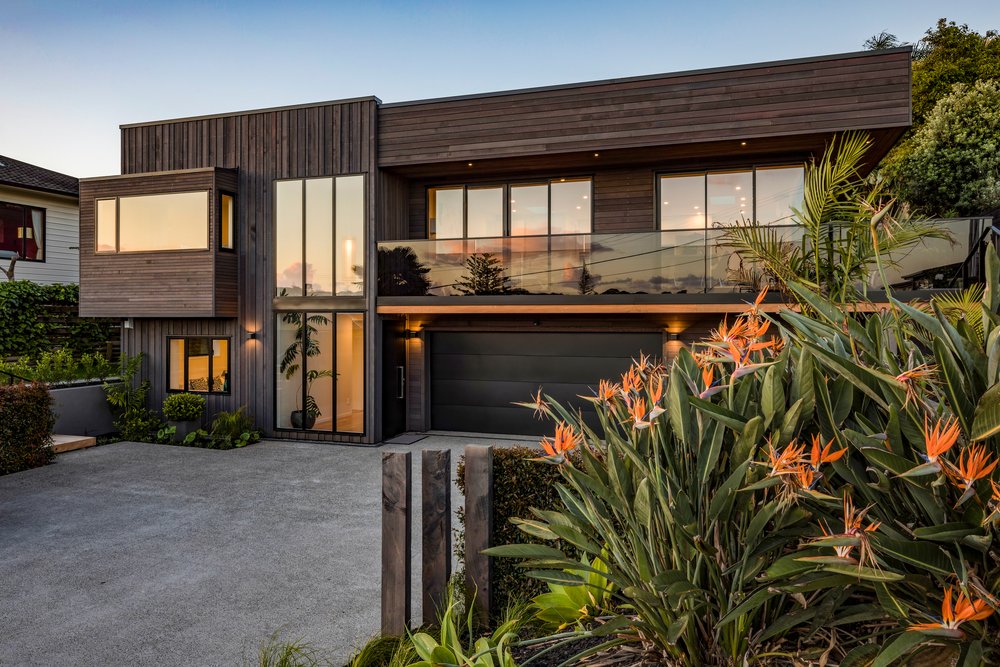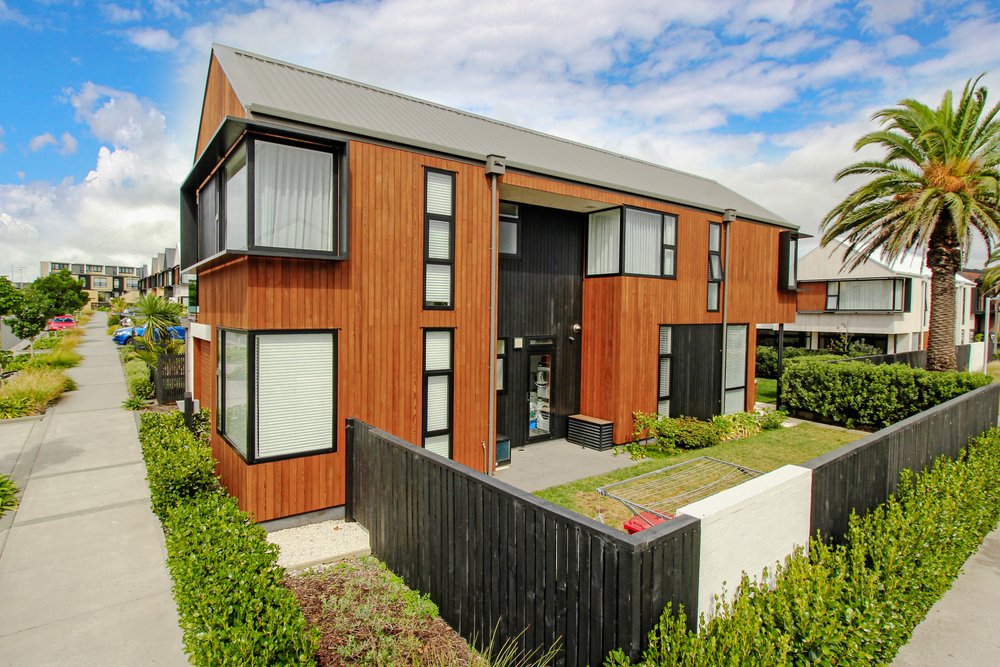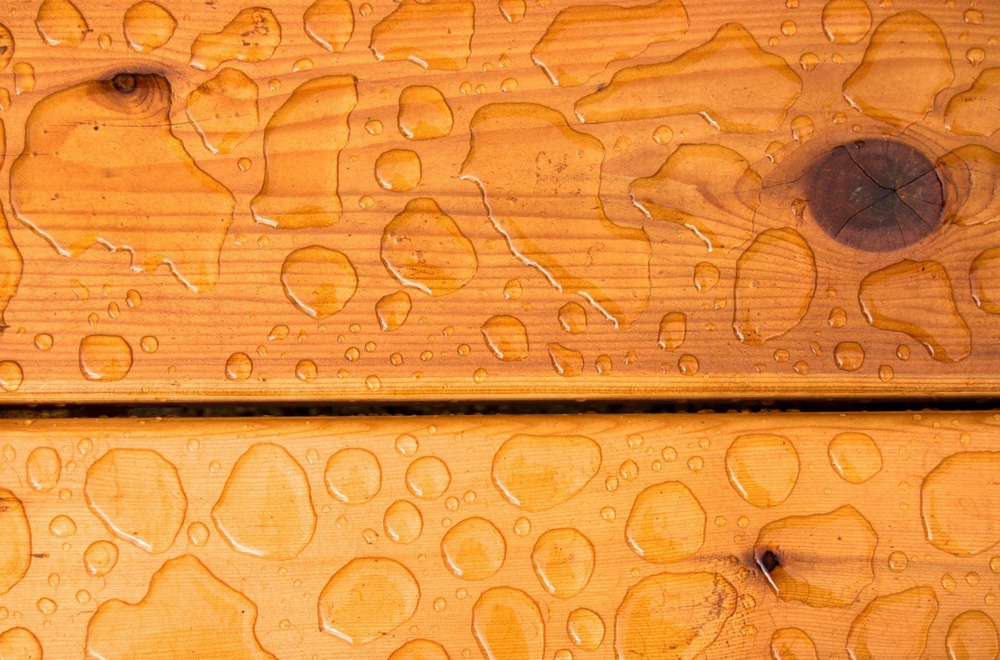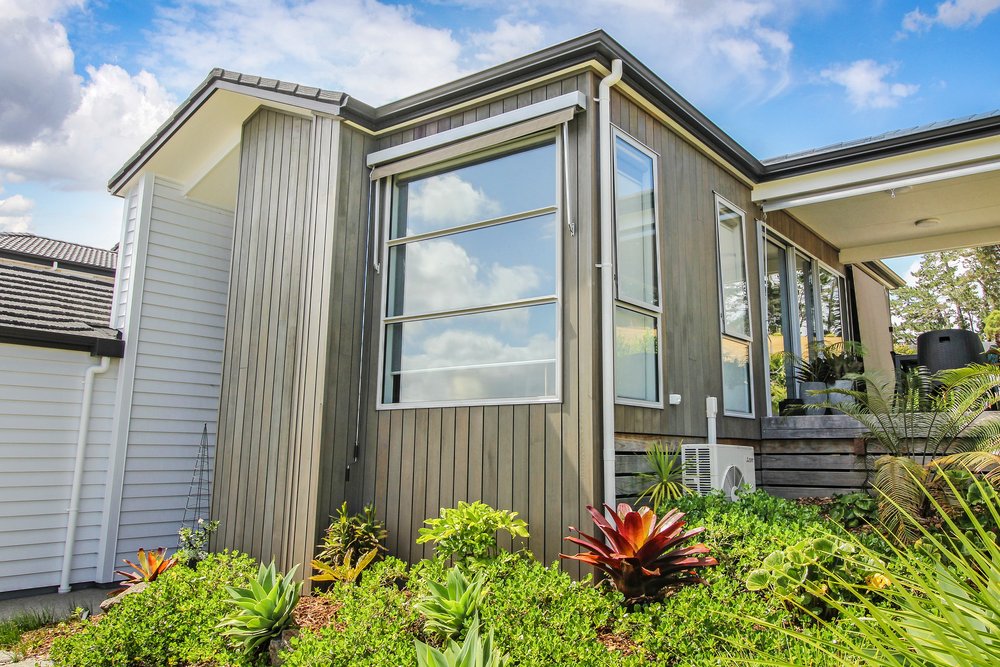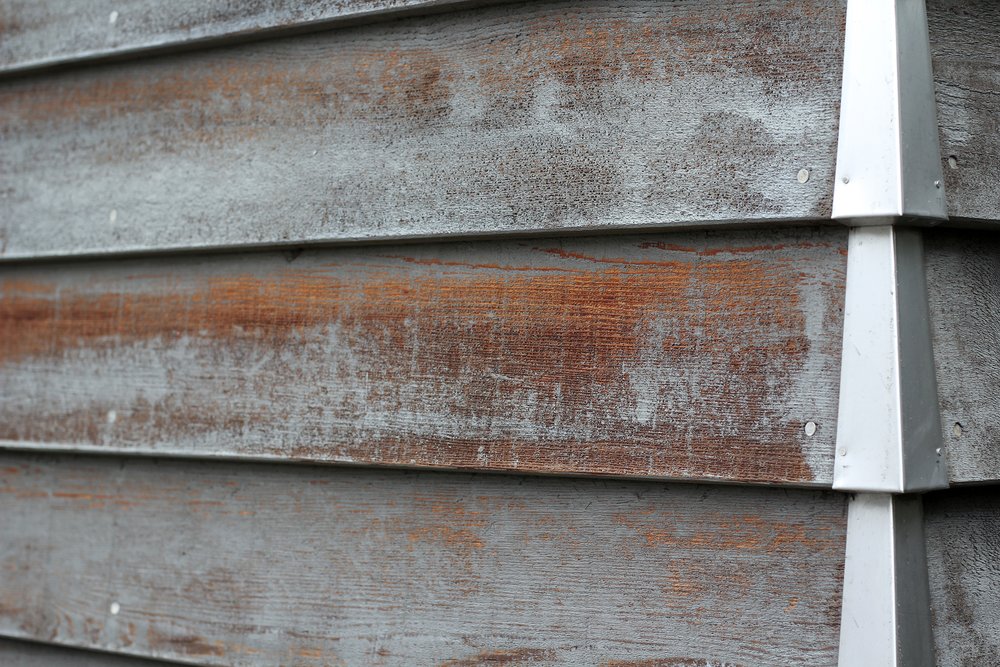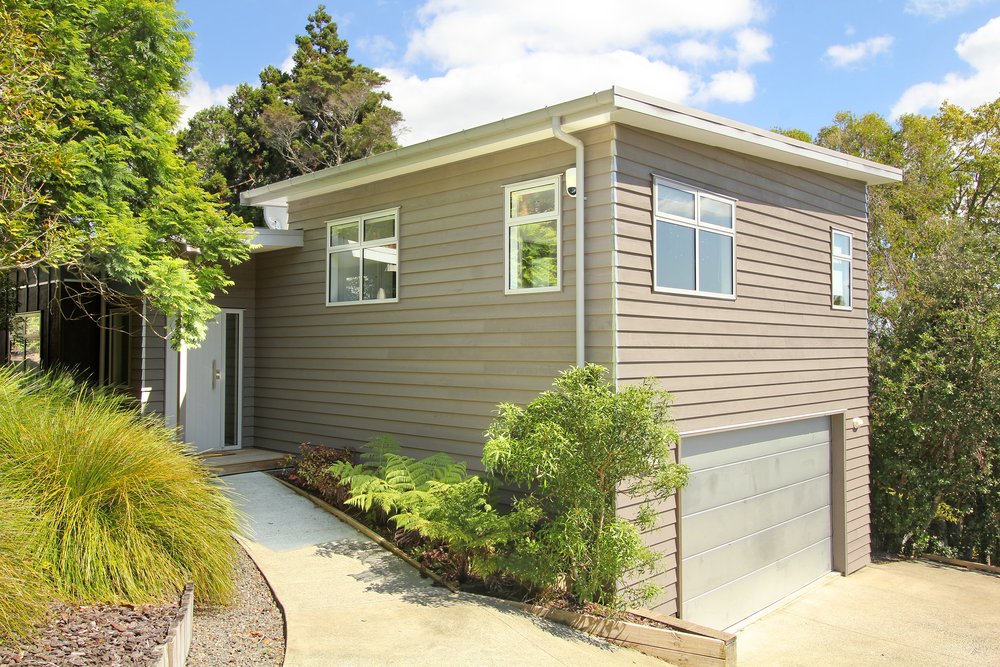The benefits of Cedar maintenance fall into two main categories: beautification and protection.
Beautification means making your Cedar look beautiful all year round. If sun exposed areas are left without replenishing the oils, the Cedar can start to look worn and tired. By adding oil back into Cedar, you are protecting it from the harsh New Zealand sun and restoring the natural vibrance of the timber.
Protection means maintaining the integrity of the timber, so you don’t have to replace the Cedar in the future. Protection can also mean protecting your investment, both to maintain the value of what you just bought, or to improve the asking price if you are about to sell.
In this article, we are looking at how to protect the value of your Cedar home – often your biggest asset – especially when the market is so volatile and uncertain.
For some additional insight into the housing market, we are joined by Rachel Readhead from Barfoot & Thompson.
Why Protect Your Cedar
People often think that if their Cedar looks tired, it needs to be maintained or restored, but that is not necessarily true. Cedar is a very resilient timber.
If not maintained in the short term, sun exposed areas will get damaged by the harsh UV rays and end up looking rather shabby. Not ideal, but not the end of the world either.
If not maintained in the long term – we are talking 20+ years here – the Cedar may cup or warp, no longer protecting the outside of the house. The ultimate cost will be to replace the Cedar cladding on sun exposed faces, which is considerably more expensive than regular maintenance.
“If the Cedar has started to warp or crack, it will raise red flags when the property report gets done. When doing a CMA [comparative market analysis] on the property, everything is taken into account,” said Rachel.
Return on Investment
When considering the cost of Cedar maintenance or restoration, there are two questions you need to consider.
- What do I have to spend so that I never have to replace my Cedar?
- Do I also want the Cedar to look beautiful all year round?
The average restoration price for a 3-bedroom home is $6.5k. After the initial restoration, sun exposed areas need recoating every 2-3 summers. The cost of regular maintenance comes down to around $2.5-5k, depending on the house size and build.
If your Cedar is already in good condition and you want to maintain the value over the long term, you will need to recoat sun exposed areas every 2-3 summers.
If your Cedar hasn’t been maintained in some time and you want to restore the timber before you sell the house, you will be looking at anywhere between $6.5-15k.
On houses we have worked on in the past, the valuations were around 6 times higher after we did the work. So, for an investment of $4.5k (the average price of a restoration in the past) the valuation was $24k higher.
Thinking of Selling?
If you are planning on selling your home soon, you can potentially increase the selling price by sprucing up the cladding.
At a minimum, you can stay firm on your asking price and stop people knocking you down on price due to additional work.
“First impressions count, and the condition of the cladding is usually the first thing people see when looking at a property. A lot of buyers will ask for a price reduction if there is work to be done on the exterior of a house,” said Rachel.
If you have been maintaining the Cedar regularly, you may not need to do any maintenance at all, or just some light maintenance to tidy up the sun exposed faces.
Stand Out in a Crowded Market
When the housing market slows down, buyers have more houses to choose from and have more room for negotiation.
Rachel says, “Houses are not moving as fast as in previous years, especially in the townhouse and apartment market. A good house in a good location always sells, but by keeping your house maintained you can stand out from other properties and get a better sale price – especially if it sells in auction.”
Having a record of maintenance also gives prospective buyers confidence that the timber has been looked after and won’t require work anytime soon.
Rachel added, “Many people still do not understand how affordable it is to look after a Cedar home and mistake it for painting, which can often be more expensive. Having documentation of previous work shows prospective buyers the cost of maintenance over the long term and helps to ease any concerns.”
Protect Your Biggest Asset
By investing in the maintenance of your Cedar, you are investing in the long-term value of your home.
And by regularly maintaining your home, you are spreading this cost out over many years, instead of getting lumped with a large bill when it comes time to sell. Regular maintenance also has the benefit of being able to enjoy the natural beauty of the Cedar while you are still living there!
Protecting your investment starts with a conversation. Our team can help to identify what your goals are, then put together a plan to protect your Cedar over the long term.
Rachel Readhead helps homeowners buy and sell homes throughout North Shore and Rodney. You can reach her on 027 333 4484.


